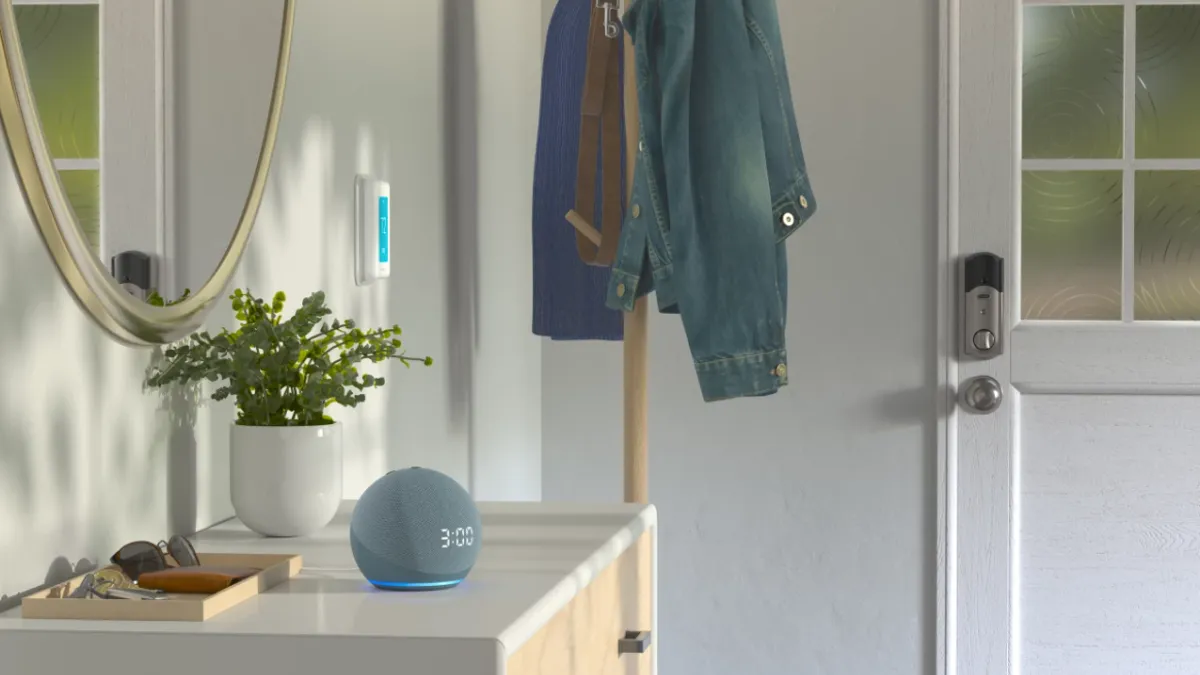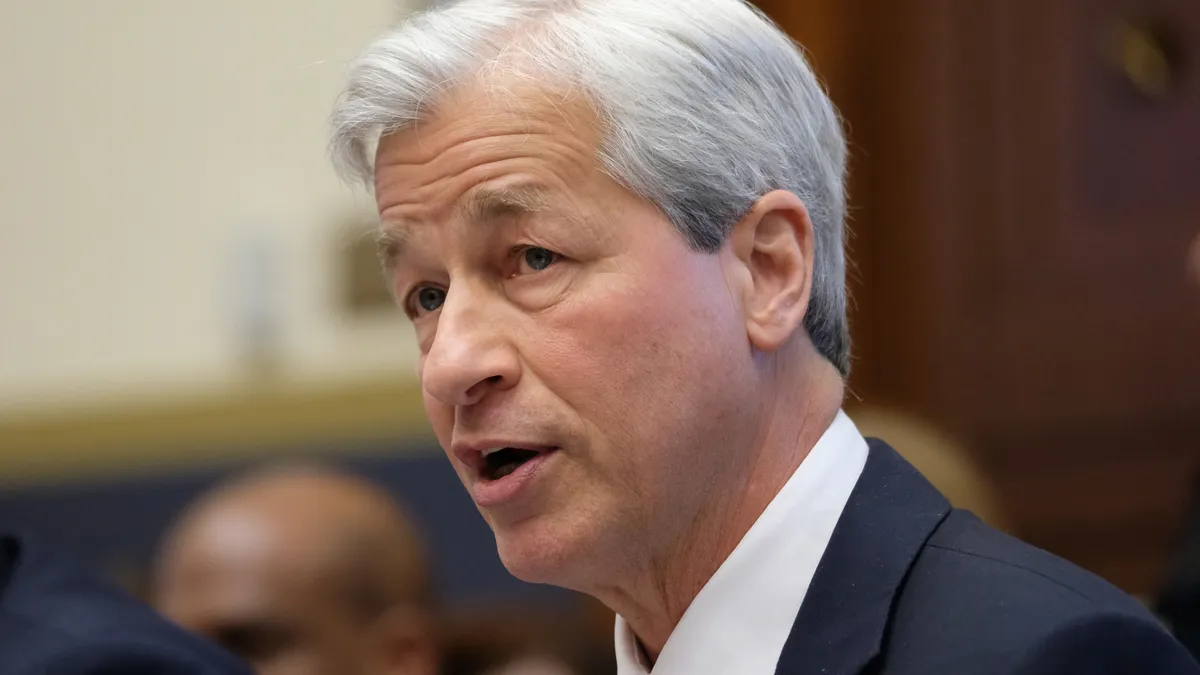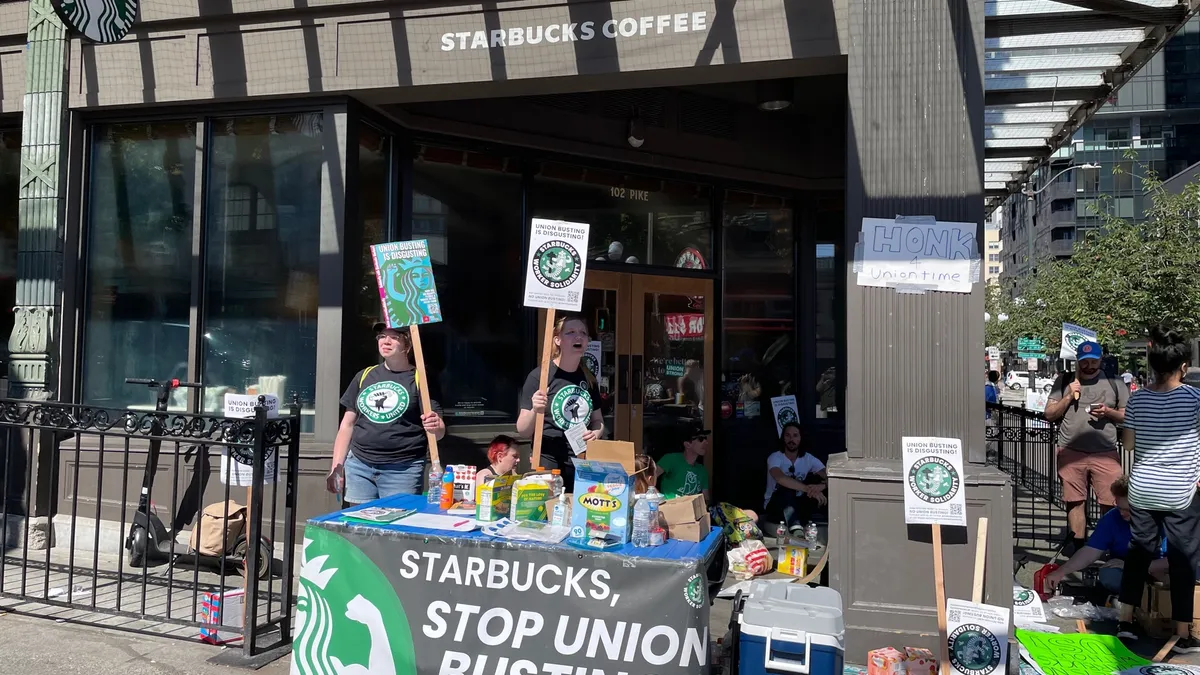Editor's note: Katie Clarey is one year into covering HR and continues to educate herself and readers on the building blocks of the field with her series, Back to Basics. If you're new to HR (or just need a little refresher), follow along as she speaks with experts and lays out the basics of federal employment law. She can be reached at [email protected].
Patty manages a cheese factory. To make its signature cheddar, the factory pumps cooked milk up into a machine to separate the curds from the whey. Patty's reports have worked at the factory for years, so they know to step carefully when they check on the separation process — the machine is suspended above the cooking vats, supported by sideless catwalks. But when a new worker joined the factory, she slipped on the catwalk and fell several feet.
After getting the worker the care she needed, Patty returned to assess the accident and realized her oversight. The Occupational Safety and Health Administration (OSHA) requires employers to prevent employees from falling off overhead platforms and elevated work stations by using guard rails and other means. While the injured worker made a quick and full recovery, Patty worried the factory's safety violation was far from resolved.
Patty's instinct was spot on. Serious injuries, like the one the worker sustained from her fall, can lead to OSHA inspections, which may reveal violations and result in expensive citations. To understand OSHA better and bring my imaginary cheese factory's conundrum to an end, I reached out to Tiffany Hubbard, associate at McCarter & English, LLP.
OSHA exists under the U.S. Department of Labor as a federal agency, established in 1970 by the Occupational Safety and Health Act (OSH Act). The agency is "responsible for developing workplace safety standards for preventing job-related accidents and illnesses," Hubbard said.
Compared to many of the employment laws enforced by other agencies, the OSH Act is more broad because it covers more employees. It covers private employers with one or more employees, Hubbard said. "There are some exemptions, but you're looking at a much broader reach." By comparison, an employer must have 15 employees to be held to the Americans with Disabilities Act. The Family and Medical Leave Act covers private employers with 50 or more employees.
In other differences, Hubbard noted, OSHA does not hold its own hearings, a practice of the U.S. Equal Employment Opportunity Commission, which enforces most of the nation's employment nondiscrimination laws. Instead, OSHA has the Occupational Safety and Health Review Commission, an administrative court.
The OSH Act makes room for state plans, "OSHA-approved workplace safety and health programs operated by individual states or U.S. territories," according to the agency. These plans must be as effective as their federal counterpart, Hubbard said. There are 22 state plans that cover both private-sector workers and state and local government workers. There are six state plans covering the latter group exclusively.
When employers assess their responsibilities under the OSH Act, Hubbard said, they can first check to ensure they are a covered employer. Then they can determine whether a state plan applies to them. If they operate in multiple states, they may need to consider multiple state plans, in addition to the federal requirements.
OSHA standards span industries
In addition to establishing the agency, the OSH Act set up the standards it enforces. These standards are the "rules that describe the methods employers are legally required to follow to protect their workers from hazards," OSHA says in guidance. The standards are organized into industries. The major categories include: general industry, the most broad category, according to Hubbard; construction; maritime; and agriculture.
Employers should work to understand which standards apply to them based on the industry in which they operate. It's worth noting that there may be some overlap — an employer outside of the construction industry will need to comply with those standards if it embarks on a building project, Hubbard noted.
After determining applicable standards, employers need to create policies and procedures to ensure and monitor compliance. "It shouldn't just be written policies," Hubbard said. "Going through the active process is important."
Each fiscal year, the agency publishes the 10 most frequently cited standards following inspections. The list serves to "alert employers about these commonly cited standards" because "far too many preventable injuries and illnesses occur in the workplace," the agency says.
In fiscal year 2018, the construction industry's fall protection standard was cited the most. Hazard communication, scaffolding, respiratory protection and control of hazardous energy (lockout/tagout) rounded out the top five, all coming from construction or general industry. Those were followed by ladders, powered industrial trucks, fall protection training requirements, machinery and machine guarding, and eye and face protection.
Varying standards, similar inspections
Employers also need to familiarize themselves with the inspection process, Hubbard said. Even with standards that vary by industry, employers can expect fairly uniform inspections.
OSHA initiates inspections without notice. They are performed by compliance officers who investigate for the agency's inspection priorities: imminent danger, catastrophes and worker complaints and referrals. An inspection, then, may be prompted by a death or serious injury or an employee complaint. Targeted inspections and follow-up inspections are also priorities, OSHA says in guidance.
When OSHA arrives for an inspection, the compliance officer will present credentials. At that point, the employer may contact OSHA's area office to confirm his or her identity. The employer may also tell the officer to wait and retrieve the employer representative, whom the employer can appoint beforehand, Hubbard said.
OSHA will hold an opening conference to discuss the reason and rules for the inspection, Hubbard said. The officer will then perform a physical inspection. At the closing conference, the compliance officer will give the employer an estimate of the final citation, which will be officially administered by the area director, Hubbard said.


















